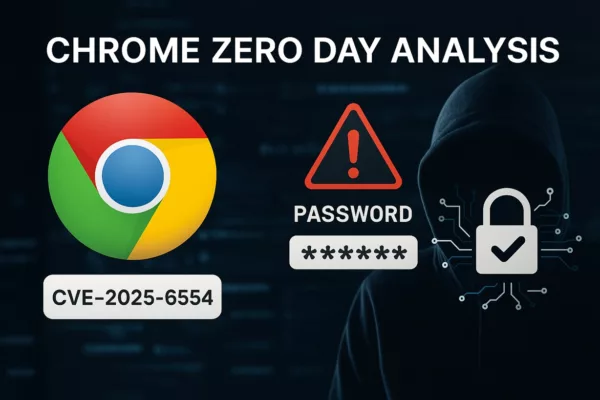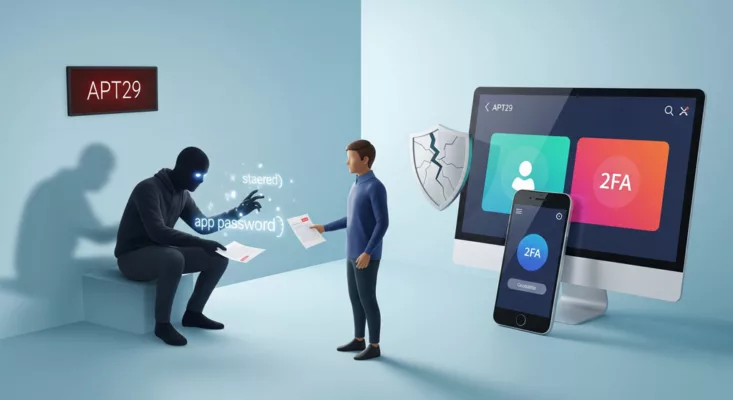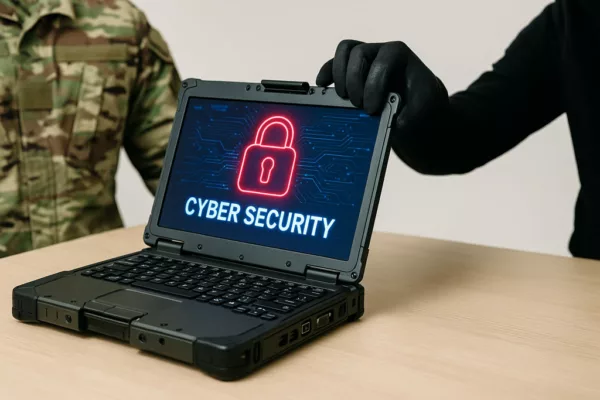Everything you need to know about multi-factor authentication and its variants Have you ever wondered how to protect your online accounts and data from hackers and cybercriminals? If so, you need to know about multi-factor authentication and its variants. Authentication is the process that verifies the identity of a user who wants to access a […]
Stay informed!
Join our community of technology enthusiasts! Subscribe to our newsletter and receive exclusive updates on the latest news, special offers, and tips from Freemindtronic. Stay informed on the latest technology trends, discover new products, and be among the first to take advantage of them. Sign up now by entering your email address below. Don't miss any updates from Freemindtronic!







